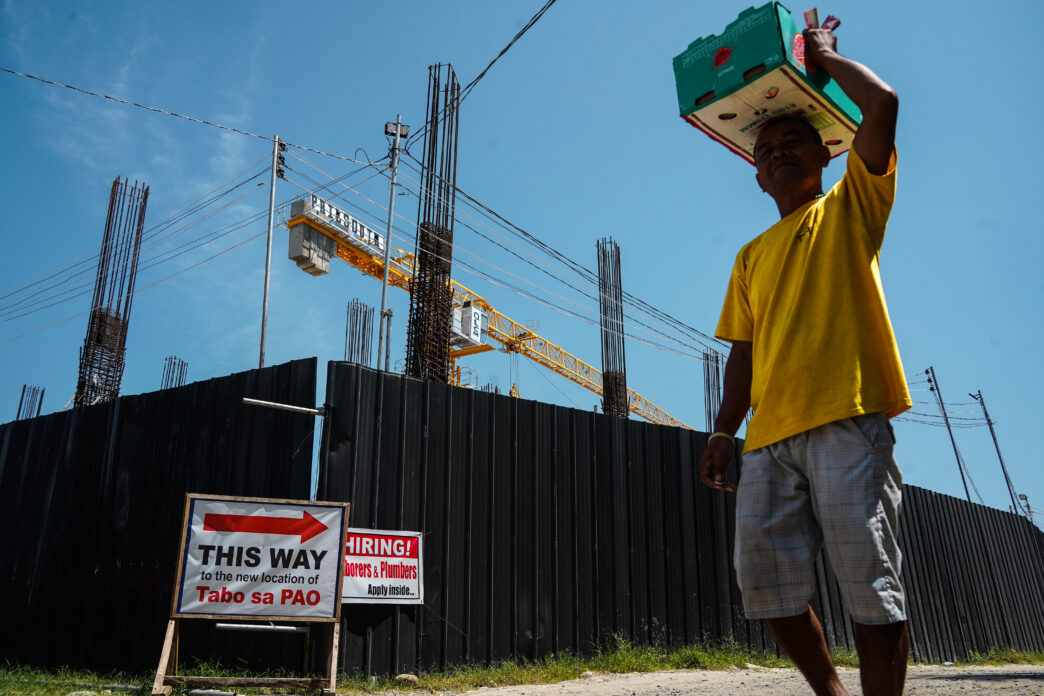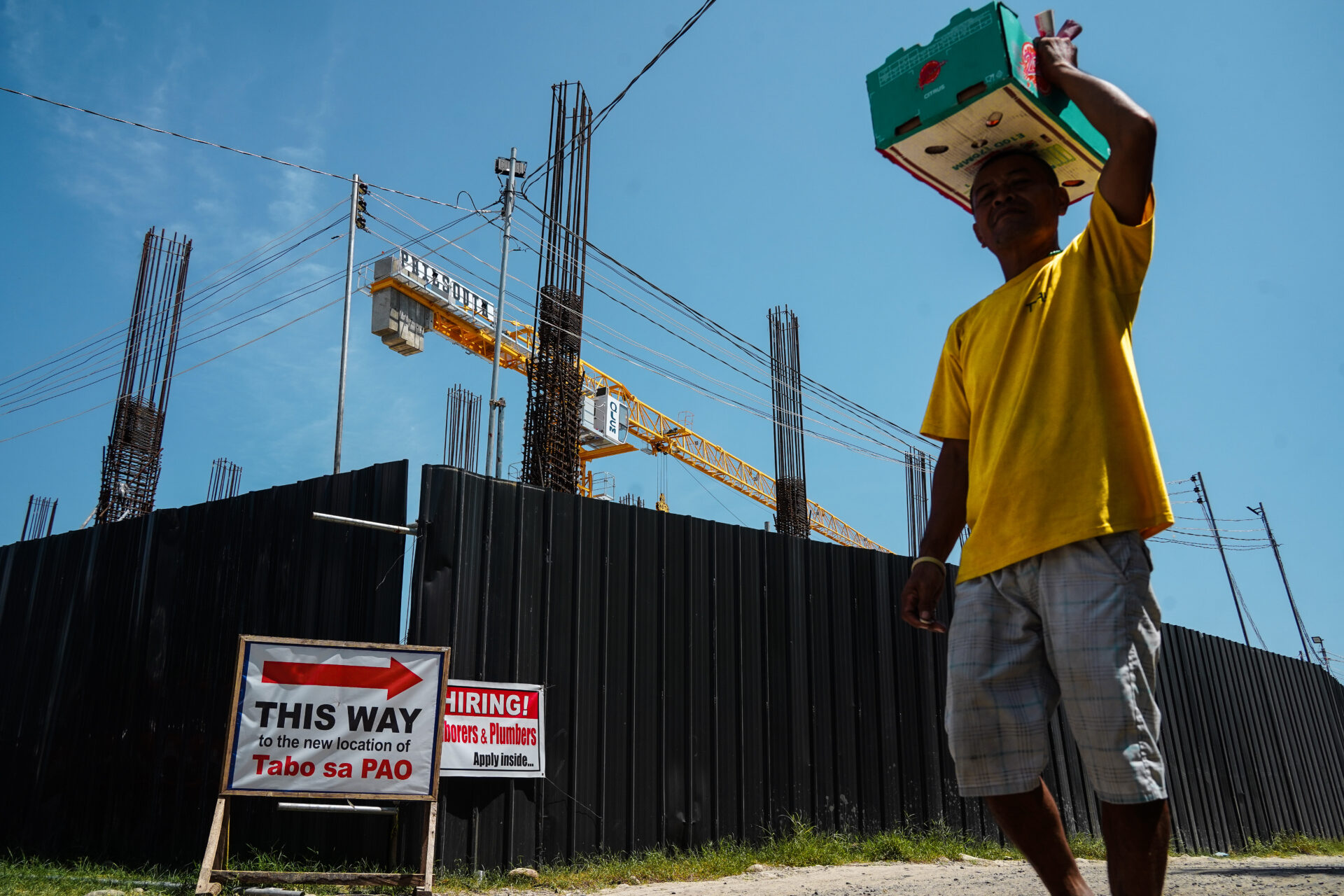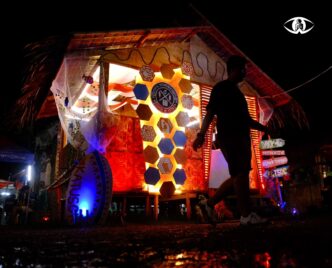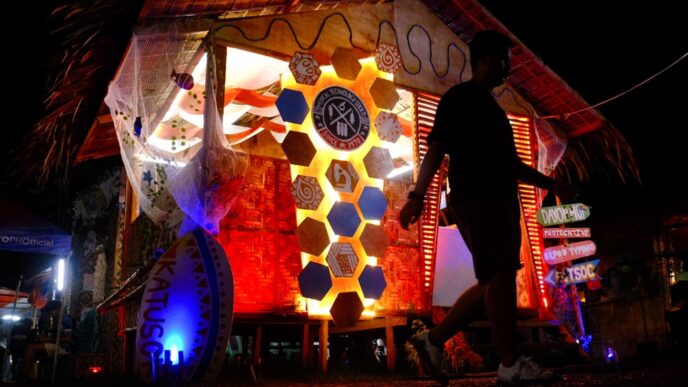By Zarelle Villanzana and Genno Rabaya
A Developmental Report on the Construction of the NegOr Medical City
An 8-storey, 400-bed, “state-of-the-art” public hospital facility is rising in Dumaguete City—on land once occupied by cultural centers and farm-fresh produce vendors.
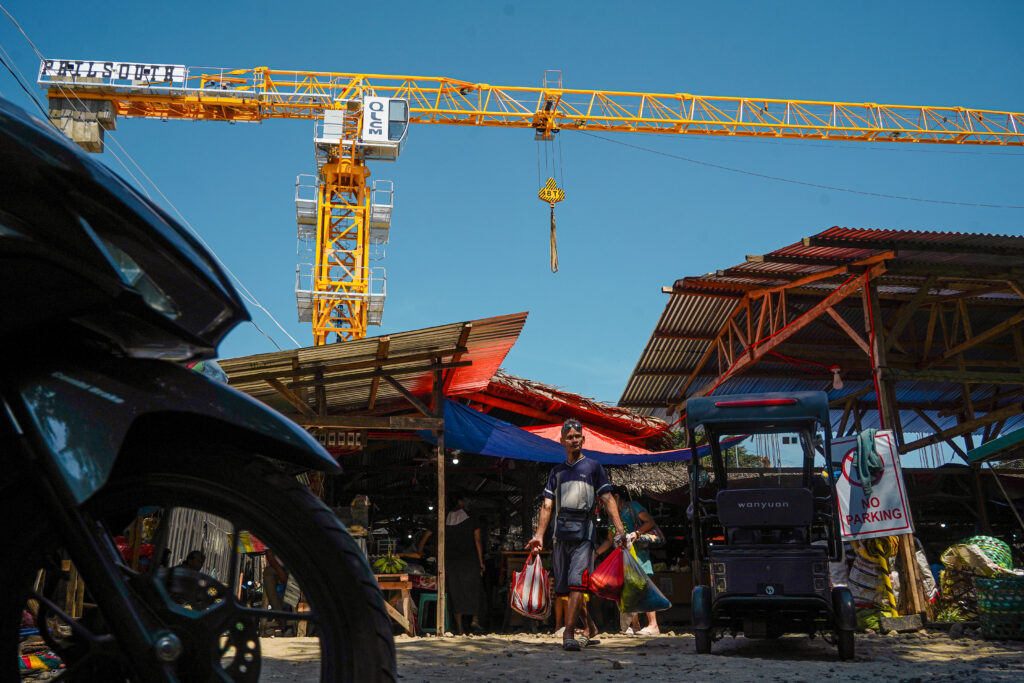
“This is more than just a building — it’s a promise kept to every Negrense who deserves dignified, efficient, and modern medical care,” Negros Oriental Governor Manuel “Chaco” Sagarbarria said last May 4 during the groundbreaking ceremony.
The Negros Oriental Provincial Hospital (NOPH) – Medical City, located at Brgy. Daro, is considered the fruit of Sagarbarria’s campaign priority to healthcare when he took the gubernatorial seat in 2023.
Set to feature “expanded intensive care and emergency units, additional operating rooms, and modern diagnostic and treatment facilities,” the Medical City aspires to accommodate patients not only from Dumaguete City, but all 25 municipalities of Negros Oriental.
It is said to address longstanding problems such as limited access to specialized care, overcrowding, and outdated infrastructure.
Netizens’ concerns
Despite the promising rationale of the project in serving the public, some netizens took to social media to express their opposition against it.
“There is no need for a Negros Oriental Medical City. Improve and expand NOPH and [make] it a national or at least a [regional] hospital,” a netizen commented.
Growing concerns about the lack of accessible healthcare across the province have also been raised through comments over the proposed Medical City.
One netizen posed: “Why not improve the facilities of the existing district hospitals? If maayu ang pasilidad sa hospital sa Bindoy, Canlaon, Guihulngan ug uban pa, di na mapugos ug padala or refer ning mga pasyente sa NOPH.”
(If the facilities are good in the hospitals in Bindoy, Canlaon, Guihulngan, and many more, patients won’t be forced to be sent or referred to the NOPH.)
In the same comment thread, the netizen also claimed that the NOPH would not become too crowded as it is, should the district hospitals be equipped enough to accommodate patients.
Government opposition
Meanwhile, Dumaguete City’s previous administration, under former Mayor Felipe “Ipe” Remollo, also expressed its sentiments on the project’s development.
The city government opposed the proposal after claiming that it exceeded the city zoning ordinance limit of three storeys for structures within the compound.
In response, they refuted these by stating that the city had already issued clearance for several high-rise buildings, such as the 11-storey Hotel Savil, the 13-storey Hotel Lokai, and the 10-storey MCenter Dumaguete Medical Center building
“The health of our people should not be a political issue,” Sagarbarria defended against what he described as the city administration’s “oppressive” opposition.
Demolition of landmarks
The soon-to-rise Medical City is nestled in the remnants of several cultural landmarks in the city, such as the Sidlakan Negros Village, which used to house native products and events, and the Tabo sa Pao, a local fruit and vegetable produce market.
The area, which previously hosted cultural shows and even the Buglasan Festival for several years, is now filled with rubble and tin walls.
Moreover, what used to be a produce market immediately accessible by the roadside is now transferred to an obscure, nearby location from its original spot.
A small sign leads their suki behind the city’s Hall of Justice—which should have been larger if the Provincial Agriculture Office (PAO) stuck to their promise of setting one to assist passersby in easily locating the tabo.
Farmers’ pleas
The Tabo sa Pao Farmers’ Association, a home of over 110 farmers and vendors, was only made aware of this shift in January and began relocating last July.
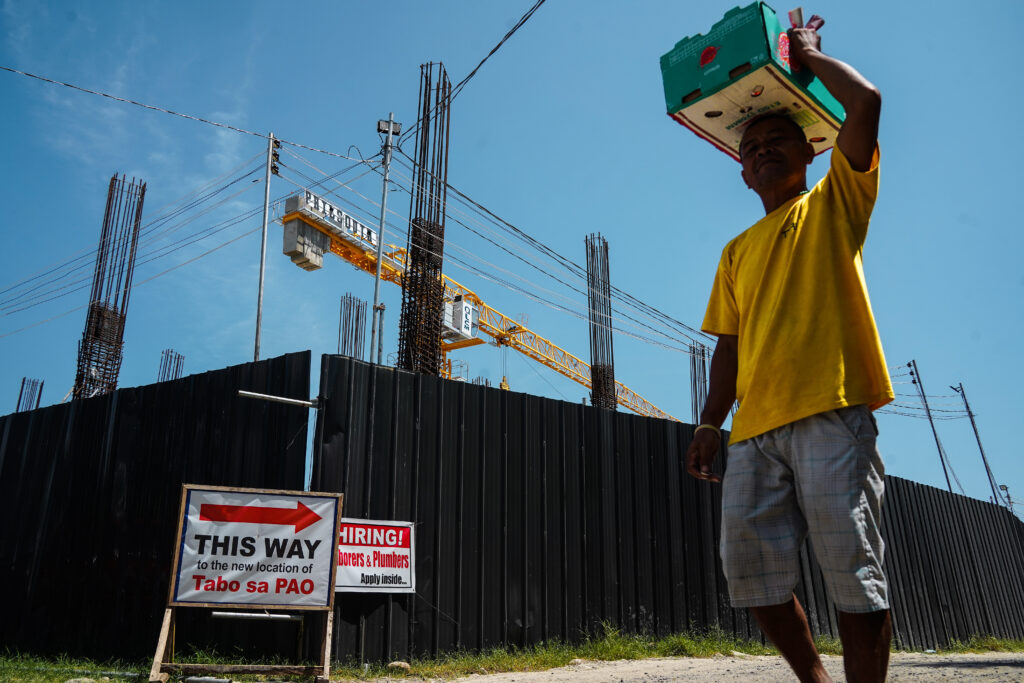
“Lisod jud siya. Pero karun, no choice mi. At least makabaligya mi ginagmay jud pero dili jud siya parehas sauna diri, icompare nimo na mu-boom jud,” Esterlita Mamac, president of the Tabo sa Pao Farmers’ Association, said.
(It is really hard. But now, we have no choice. At least we can continue to sell even just a little, but it really isn’t like what it used to be, if you compare how our sales actually used to boom.)
Despite this sudden change, the local government made it clear to the association that they would be situated at their current temporary location in Brgy. Daro for only three months.
However, with makeshift stands and tin roof covers, their current relocated spot finds the displaced farmers at odds with the project.
The lack of fencing yields security concerns; no proper ventilation as tin walls trap heat, causing faster spoilage of produce; faulty bathrooms, flooding floors, and the dusty and crammed access road—all contribute to the farmers’ plights.
“Sige lang kay basin paagi ra ni sa Ginoo,” Mamac tells her members. “Kung sige ta’g kaguol aning sitwasyon ron, dili jud ta kalahutay og three months.”
(It will be fine because maybe this is the Lord’s way. If we continue to dwell over our current situation, we won’t make it past three months.)
When asked about her thoughts on the construction, Mamac strongly expressed her opposing stance.
“Ako, negative gyud ko ana jud. Kabalo ka ngano? Ga-observar man gud ko diha, kana atoang hospital [Provincial Hospital], dili man gud building ang kulang gud. Ang kulang gyud is tambal ug doctor,” Mamac uttered as she sold a customer a bundle of okra.
(I really am negative about the project. You know why? I was observing our Provincial Hospital there; what it lacks is not additional buildings. What it’s really lacking are the medicine and doctors.)
While being a breadwinner to her family, she also shared about how it affected her sales. Several years in their original spot helped her raise eight children, allowing most of them to complete their studies. Upon their transfer, however, she now faces the struggle of having to provide for two of her children.
“Kaning duha nako, ambot unsaon ning kaugmaon ani. Kanang usa graduating unta ‘ron. Second year na unta ni, [but] pahuway sa. Ana iyang igsuon, ‘Ngano dili ka pa tabang?’ Ni ana ko, ‘Hulat ra ko sa panahon,’” Mamac said.
(My two other kids, I’m not sure about their future. One of them was supposed to graduate this year. The other was going to be in the second year, [but] they’ll have to rest. His brother said, “Why don’t you ask for help?” I told him, “Let’s just wait for what happens.”)
After three months, the vendors will be slated to a permanent relocation site at Brgy. Bagacay, along the diversion road. This new circumstance poses concerns among the affected vendors as it would be situated away from central Dumaguete.
According to Mamac, Brgy. Daro was ideal for them considering that it is near to the urban city area and residents could easily flock to the market when in need of local produce.
However, the proposed new location would also be nearer to rural farmers who can display their own array of fruits and vegetables, but does not effectively reach the buyers in need.
With increased competition and a remote area on their hands, the vendors are left to fend for themselves—a situation forced upon them for the sake of an urban development project.
Amid public clamor, the provincial government vowed that the project can greatly benefit those in need.
“The marginalized people of Negros Oriental have long deserved a modern public healthcare facility that can provide them with free services equal to or better than many private hospitals,” their statement wrote.
But what the Medical City has achieved for the public welfare still remains a question as its construction progresses. Nevertheless, its current developments have left hundreds of farmers and vendors displaced and disarmed.
“The time for the Negros Oriental Medical City is clearly now and not left to an uncertain tomorrow,” their statement furthered.
And yet, there is no certainty about the future of the Tabo sa Pao community.
This is a developing story.

